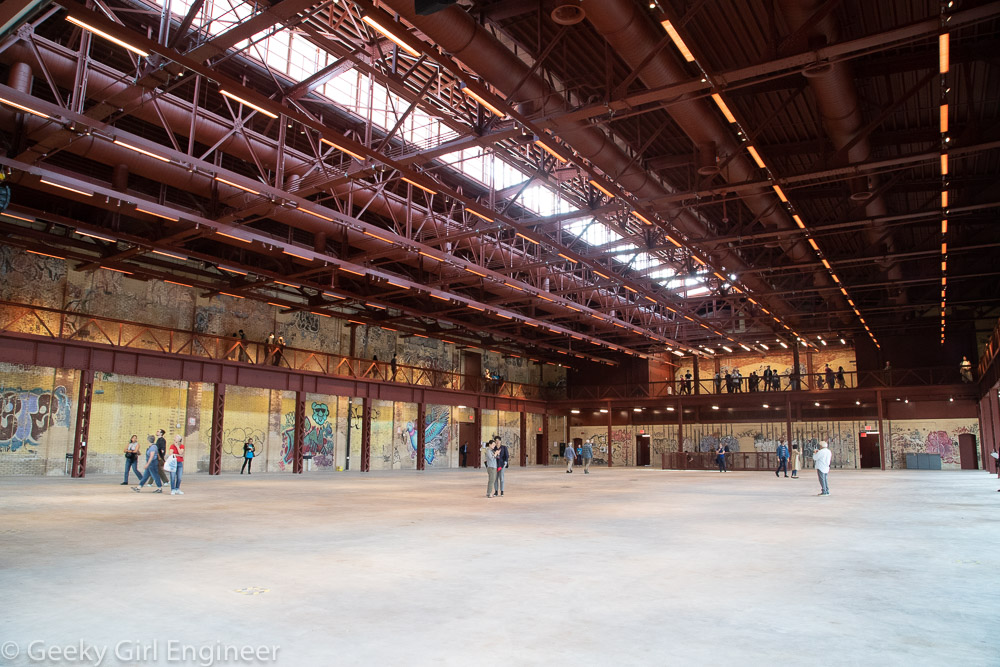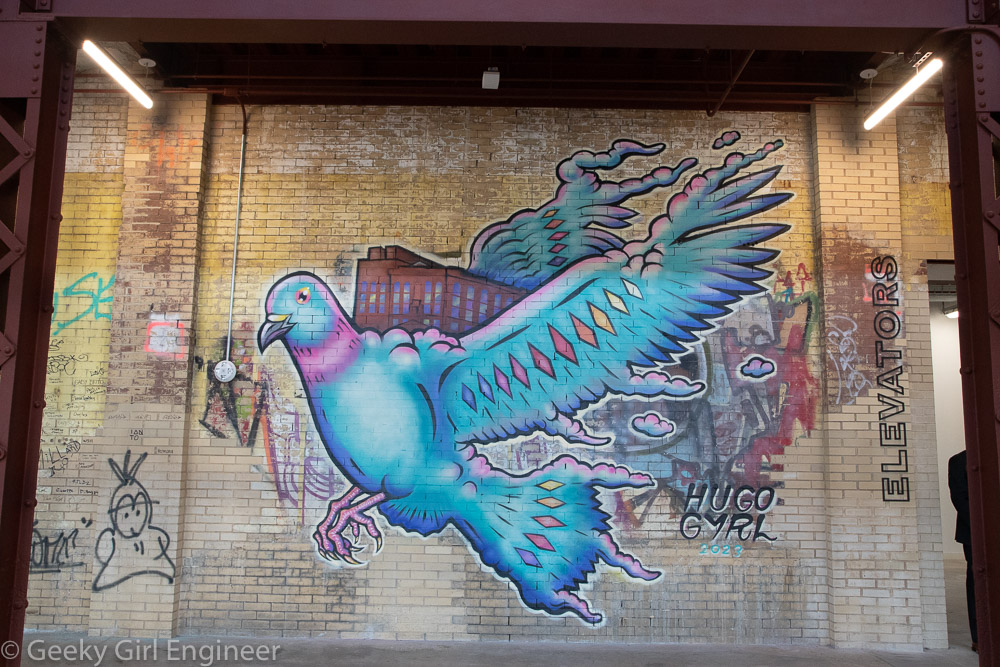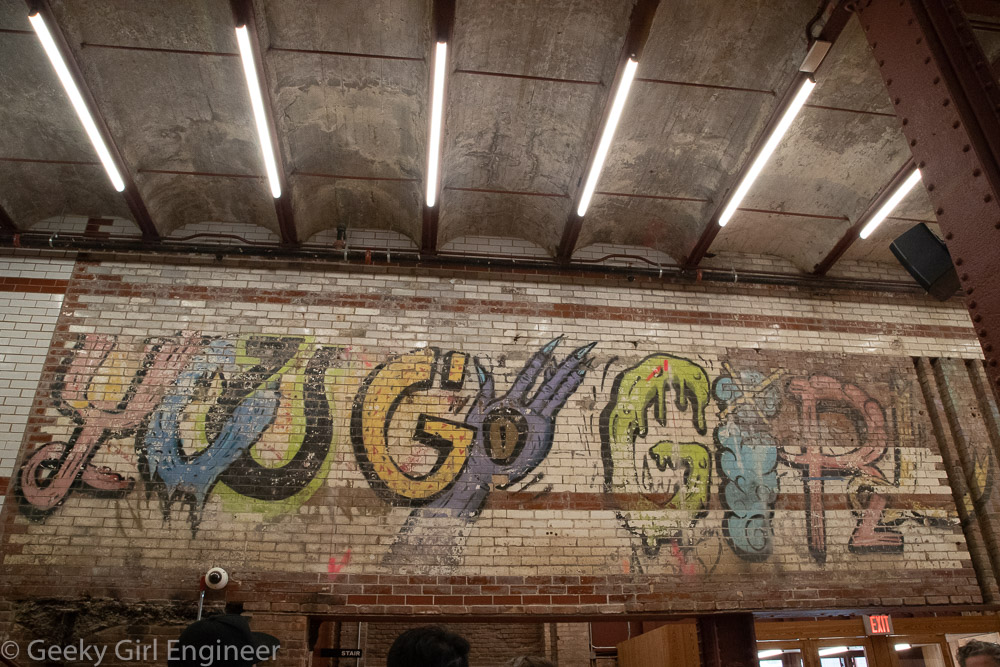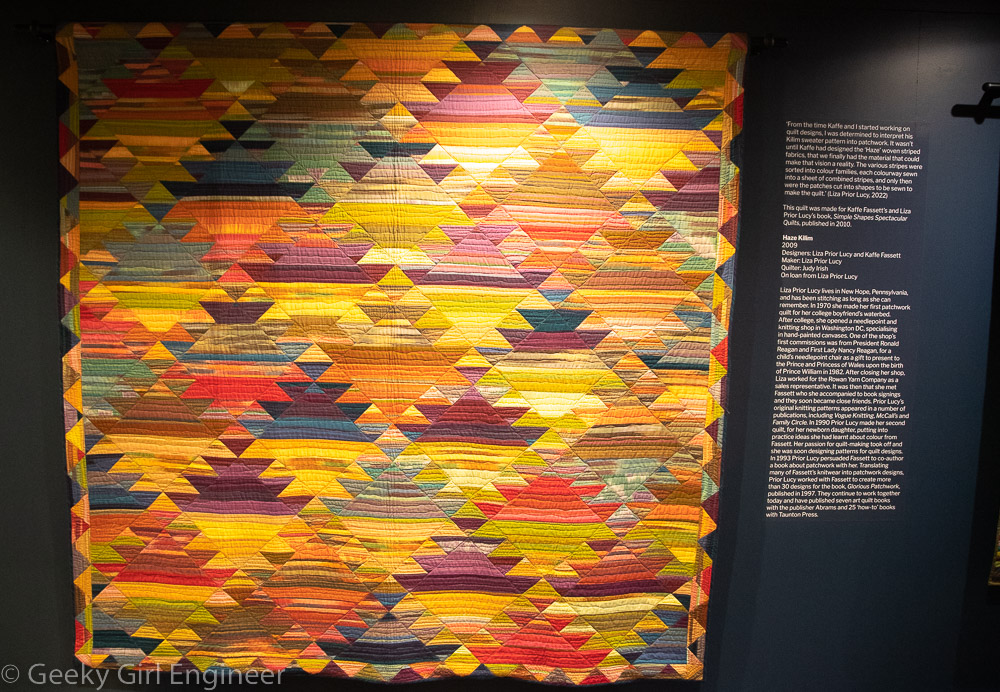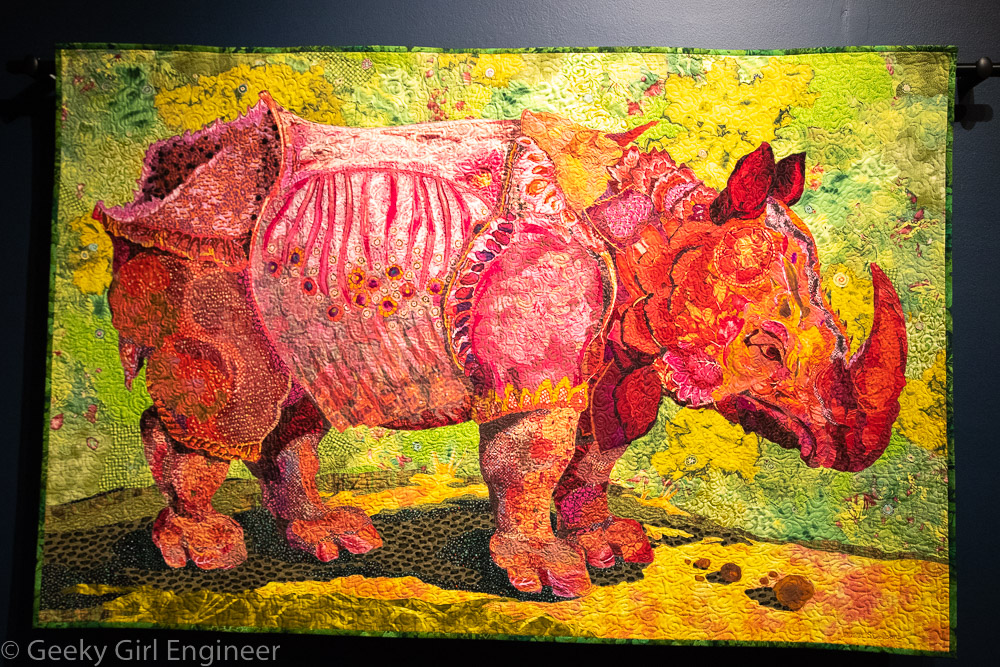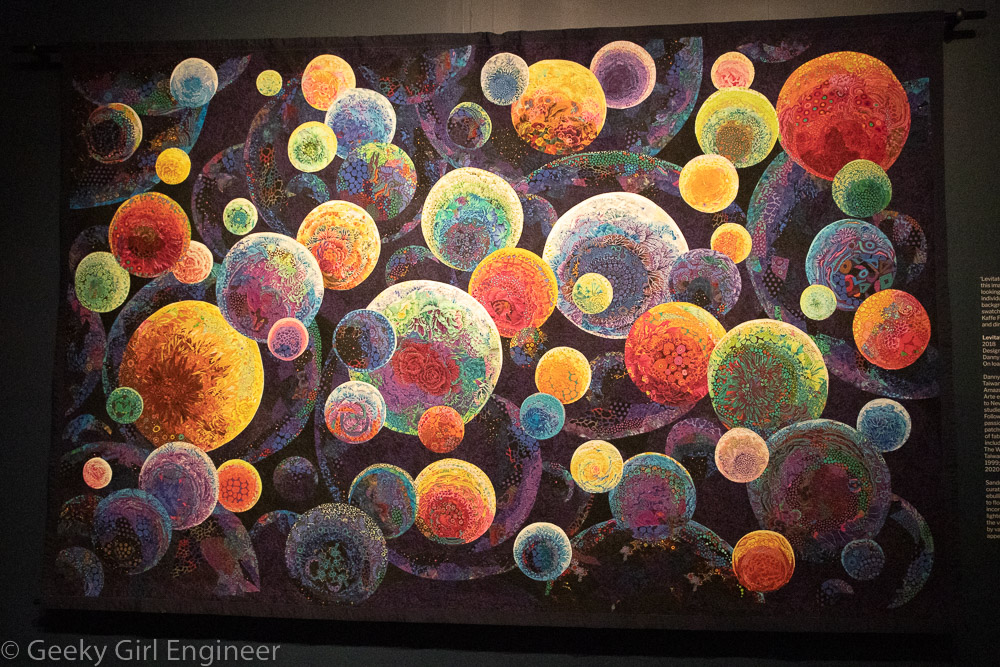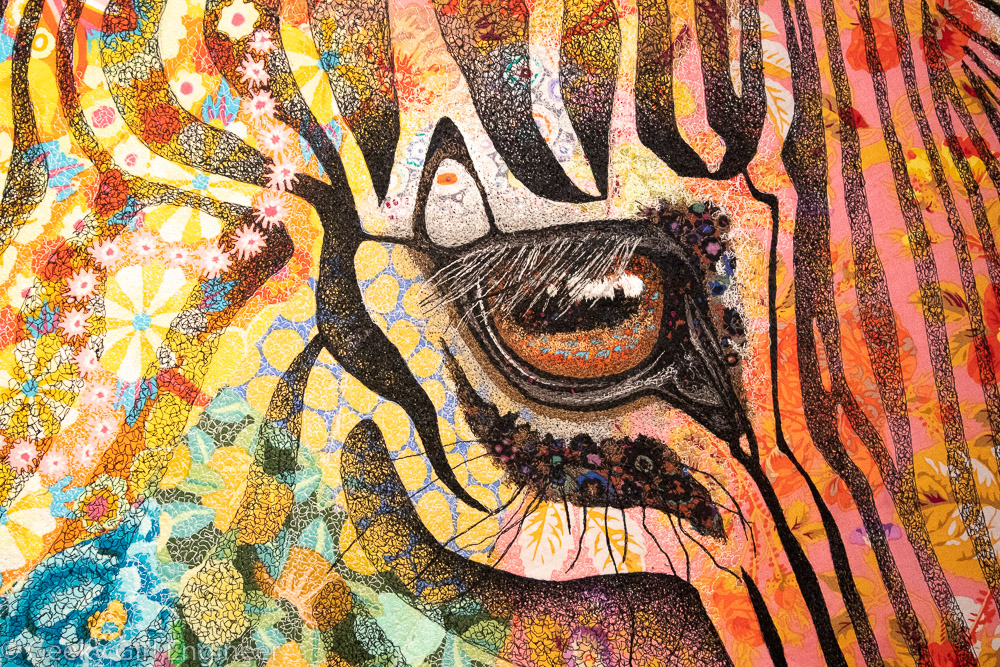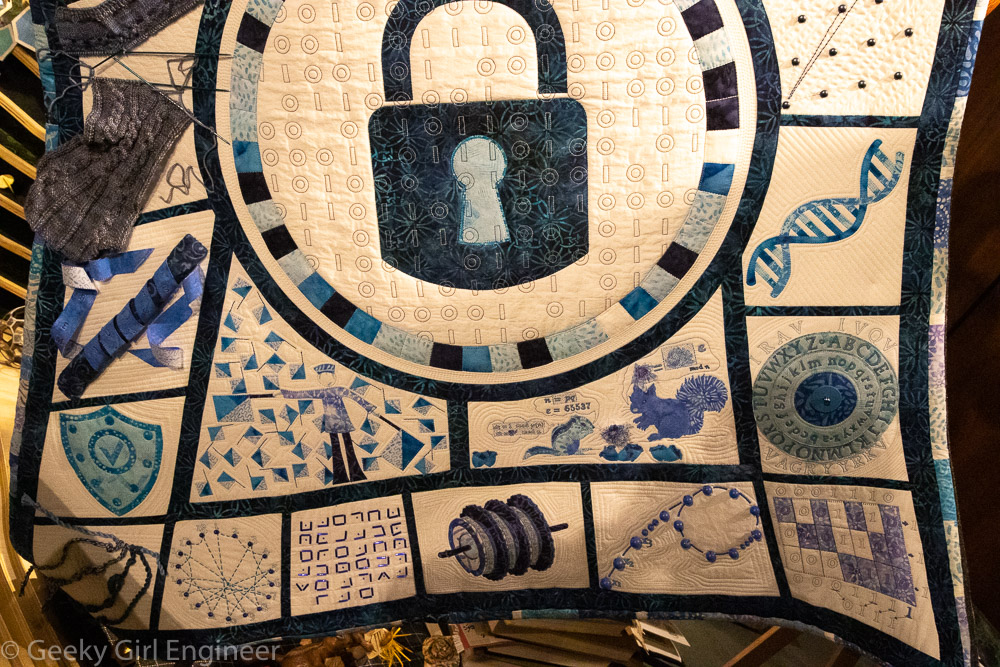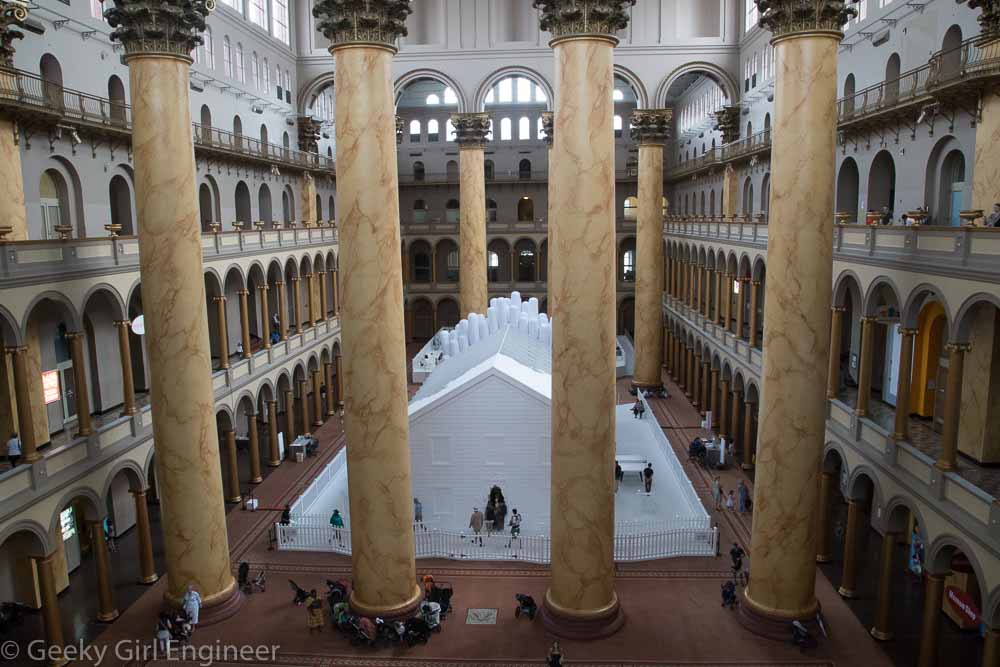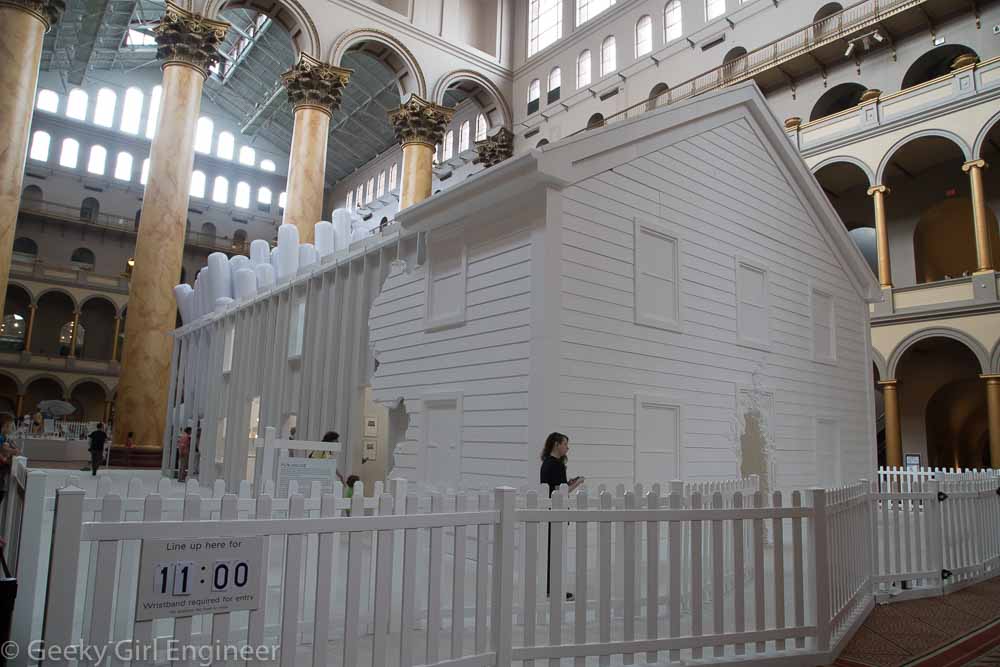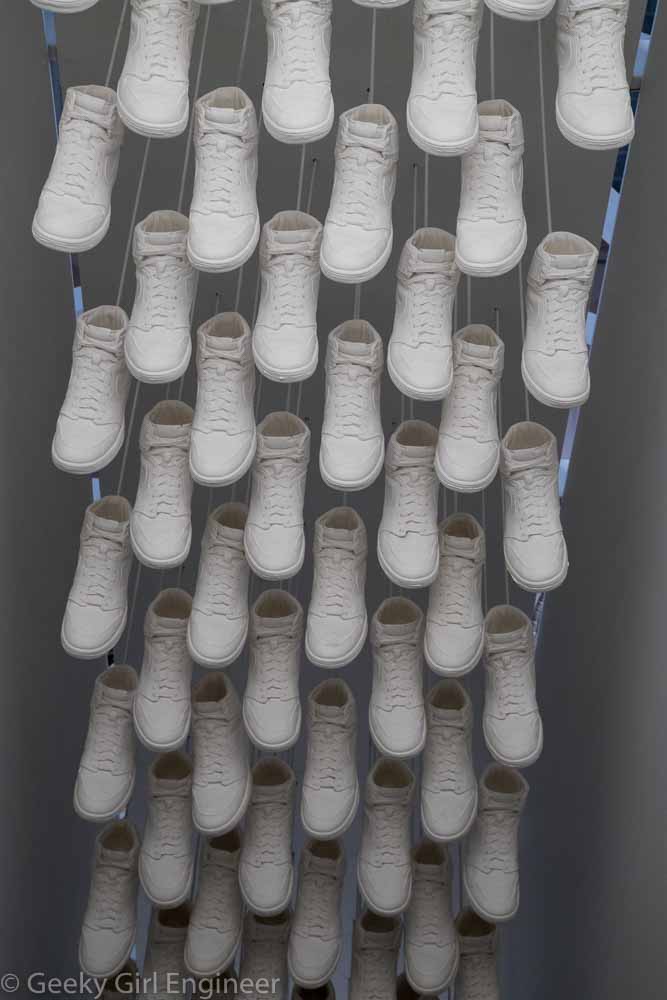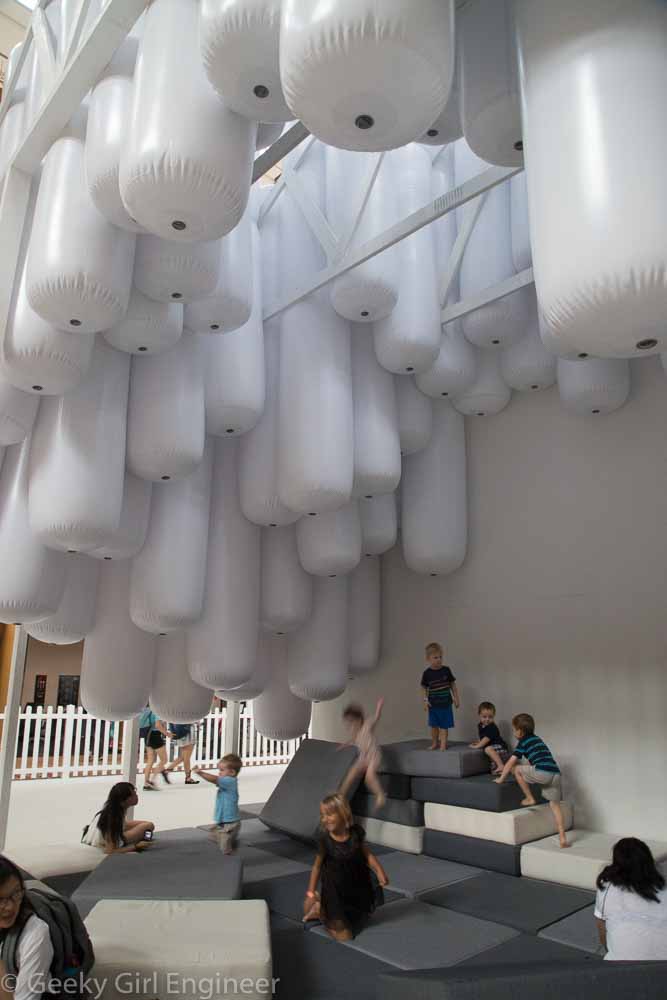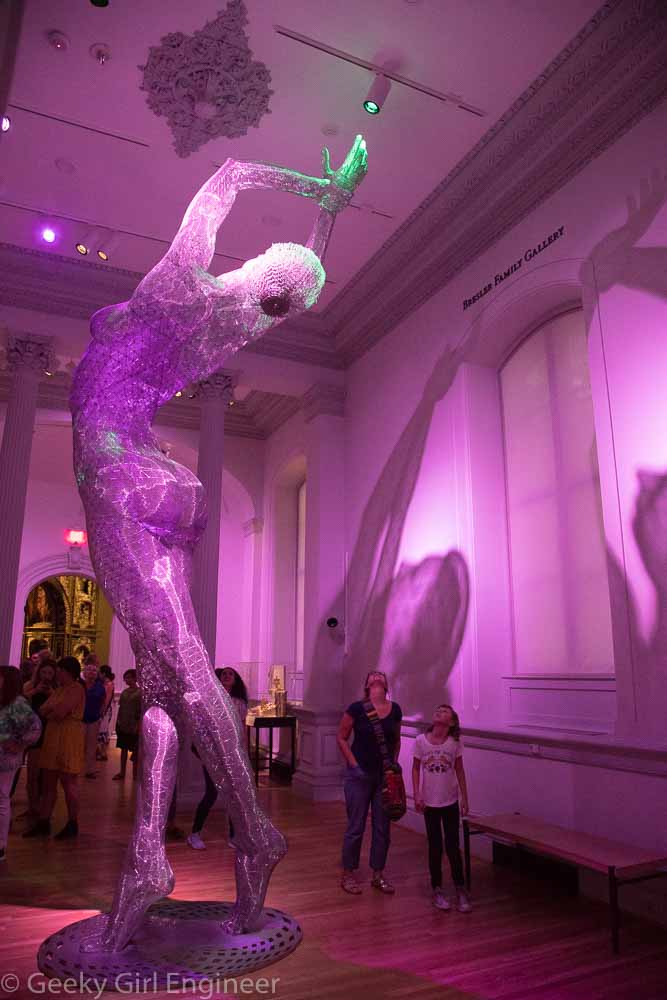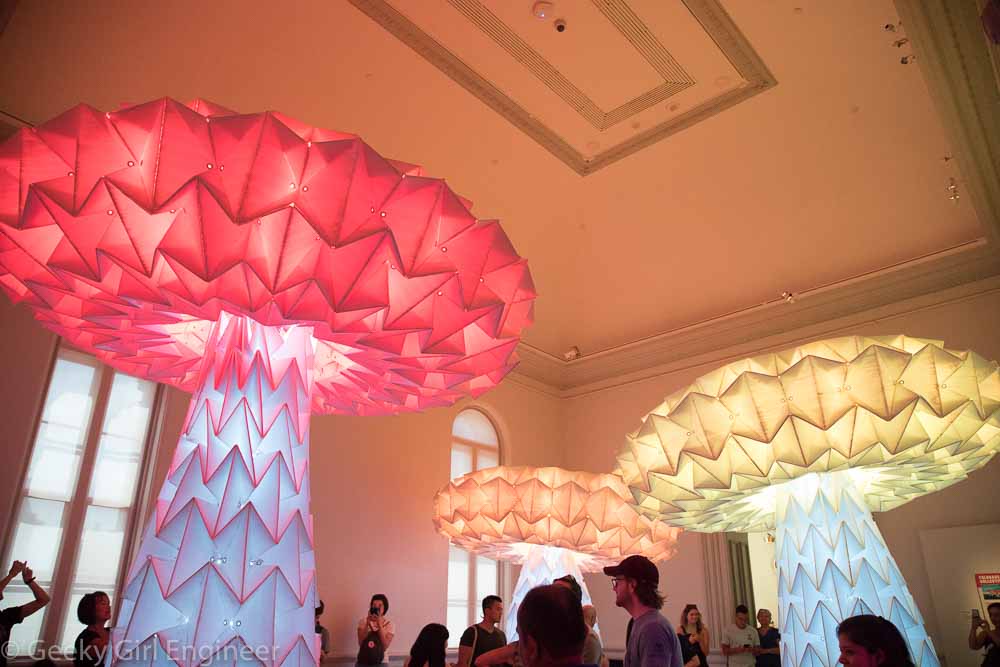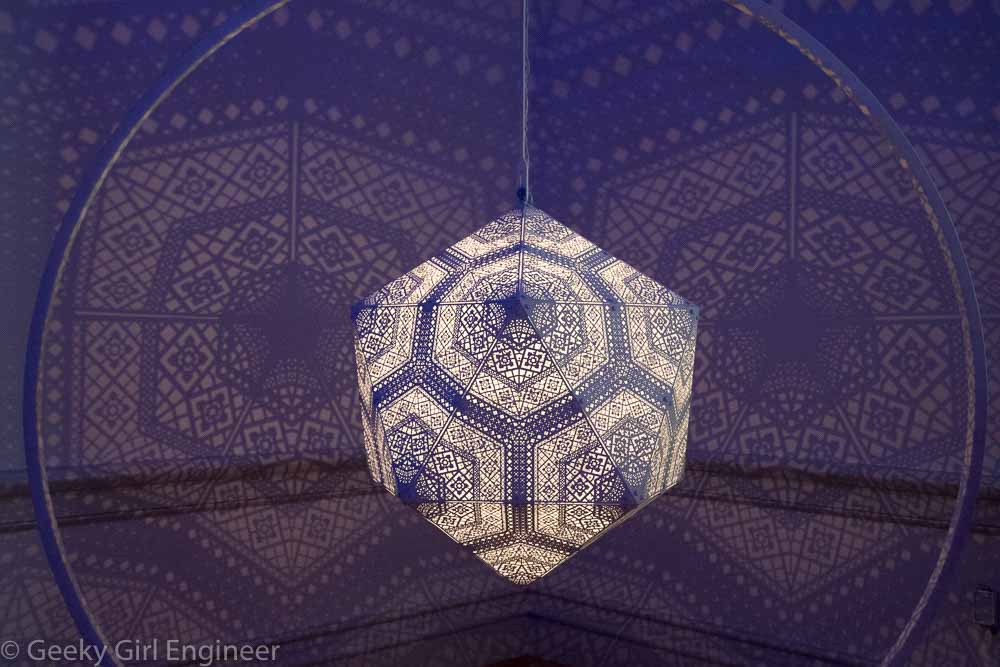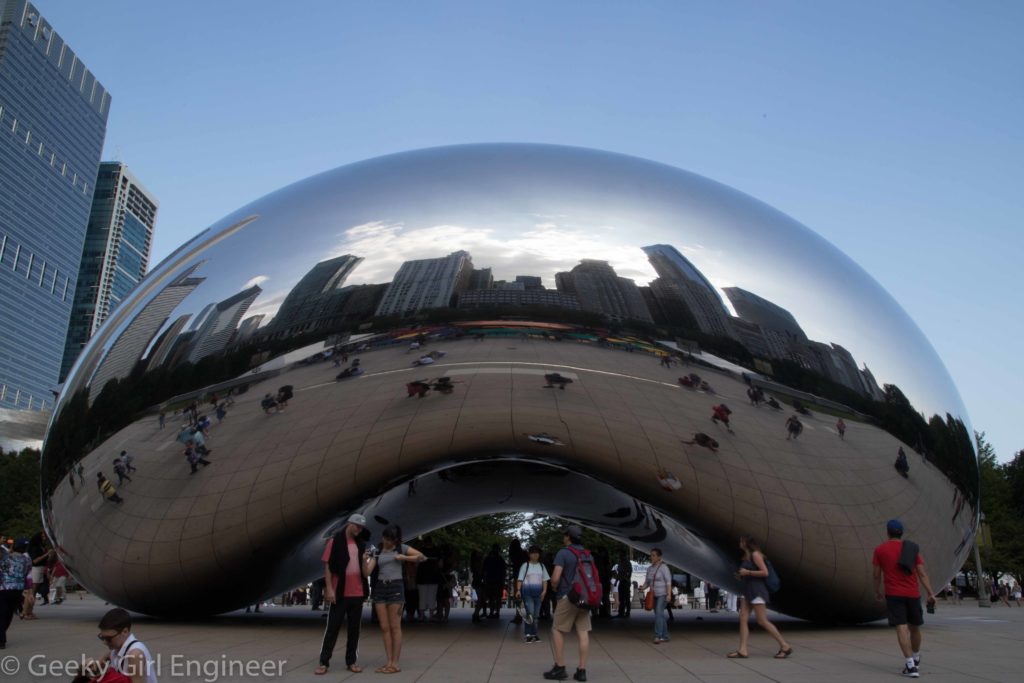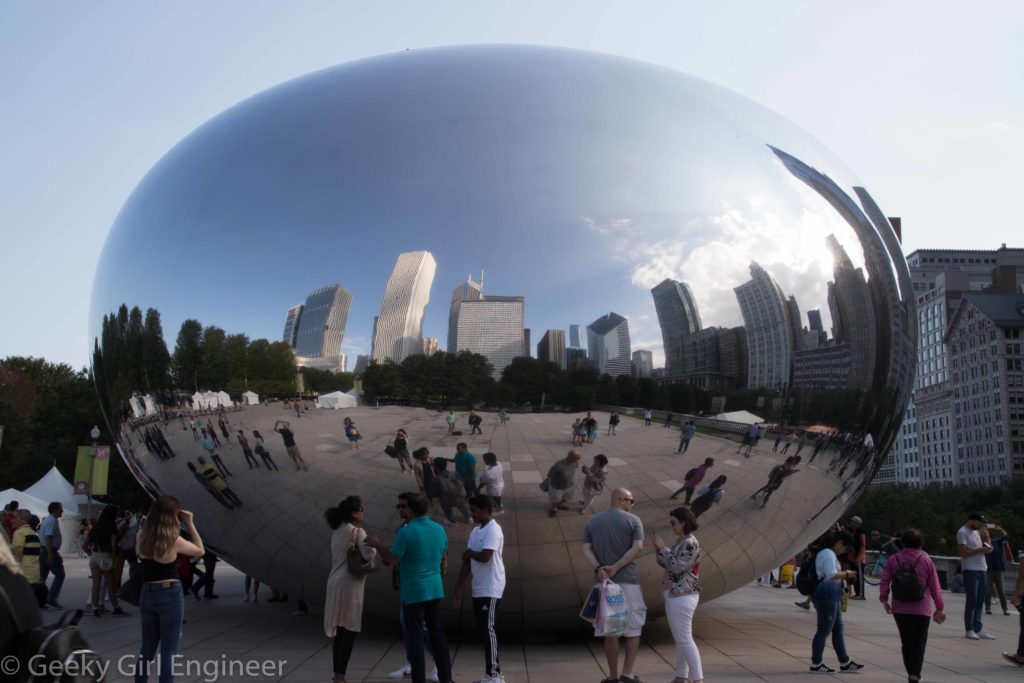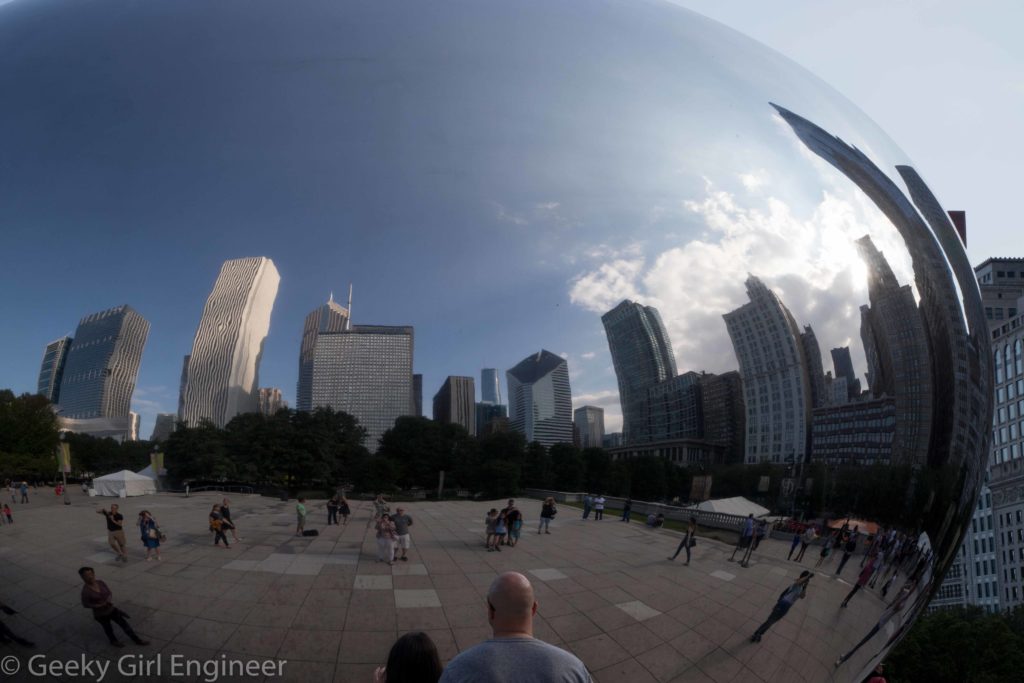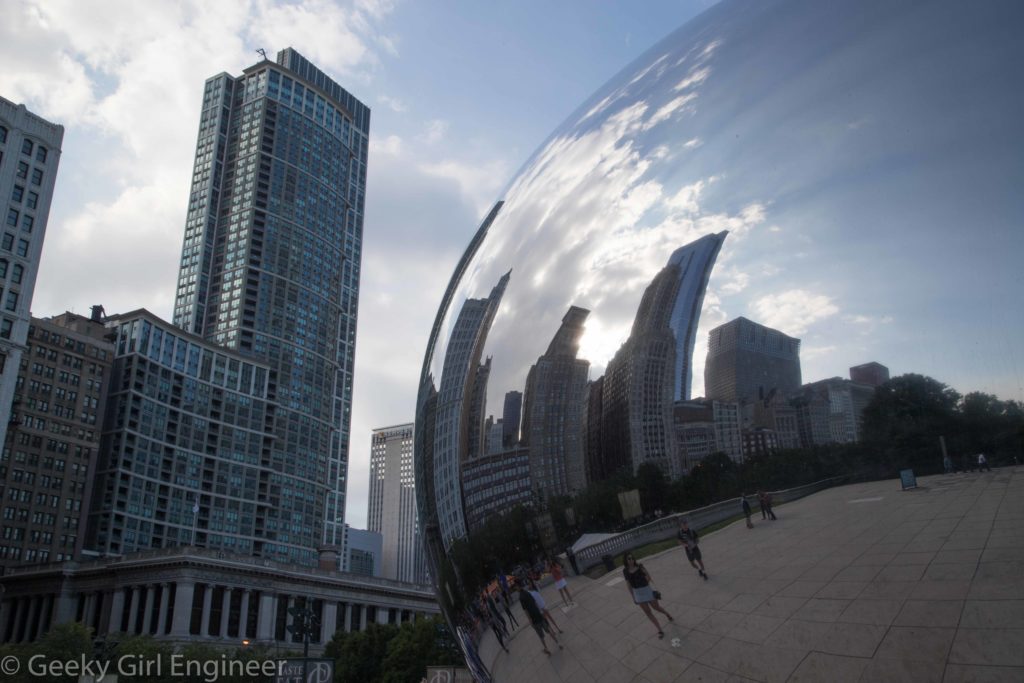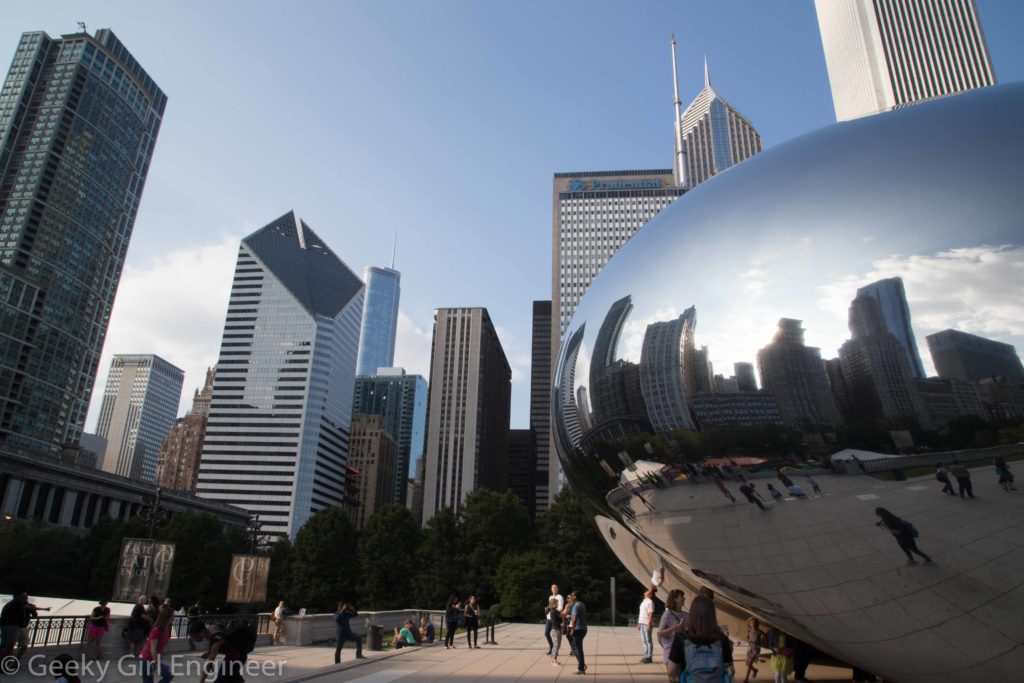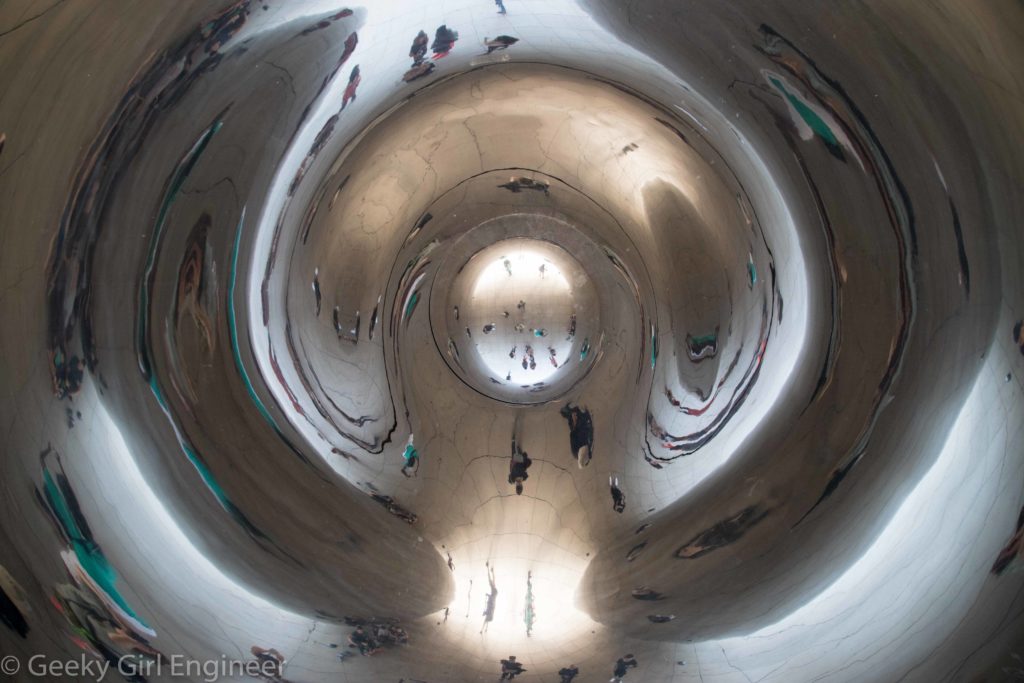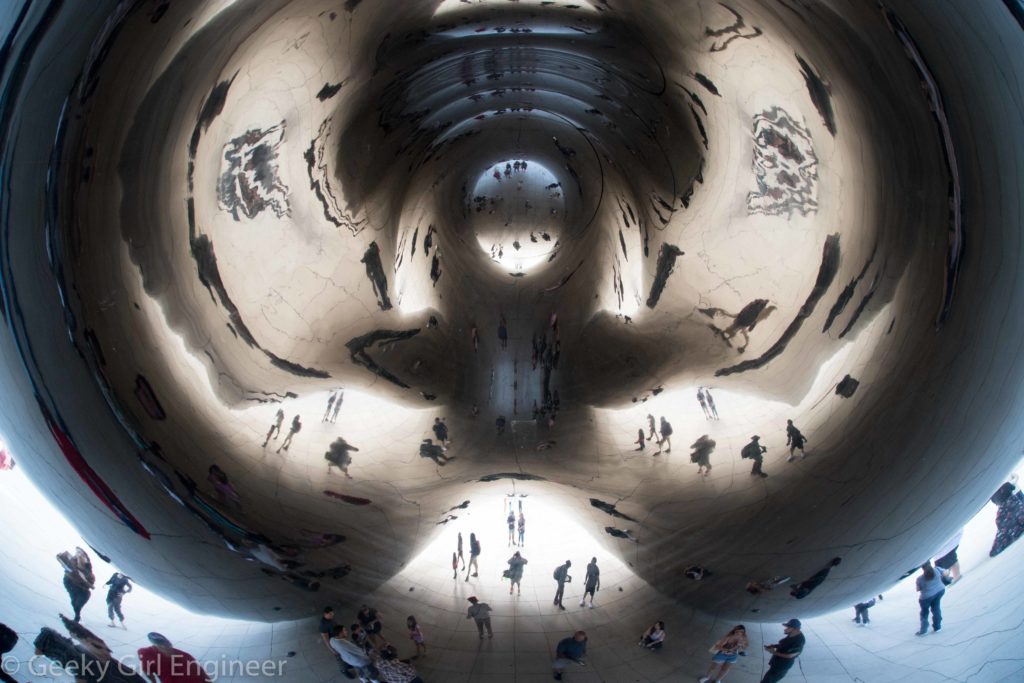Powerhouse Arts is a new arts and fabrication studio and rental venue housed in a renovated power station in Brooklyn, New York, and they hosted an open house today through Open House New York.The building has been completed renovated, but they have left some of the graffiti on the walls from when the place was essentially abandoned, and squatters lived there. The facility now houses several different art studio areas like a ceramics area and print shop. It also has huge spaces that can be rented. The facility is right on the Gowanus Canal, and it has wonderful views of Brooklyn and Manhattan.
Category Archives: Art
Kaffe Fassett: The Power of Pattern
I’m in London, and before traveling here, I heard about a great exhibit that I put on the top of my to do list. London’s Fashion and Textile Museum has a temporary exhibit called Kaffe Fassett: The Power of Pattern. The exhibit explores Fassett’s world, with original artworks from invited makers as well as Kaffe Fassett and Brandon Mably and Philip Jacobs. It also has textiles works, photographs and archival material to further educate on his work. I love many of his fabrics, and the first quilt I created was with his fabric. Thus, I knew I would like this exhibit.
The exhibit is wonderful. I spent the most time studying the works of art by artists using Kaffe Fassett textiles. They are wonderful, and some of them are just breathtaking. I spent quite a bit of time studying them trying to understand how they were created. They inspired me to want to create my own art although I am not skilled enough yet to create works like the ones I saw. Below are some photos of some of the works that most captivated me.
Mathemalchemy
I finally got to National Academy of Sciences to see Mathemalchemy before it closes. The exhibit shows the beauty of the art in math, or perhaps of the math in art. I love examining the math in nature and the beauty of it. This art exhibits gave me some ideas for things that are already percolating in my head that I want to make. Possibly because I am really into sewing and quilting at the moment, the Cryptography Quilt was my favorite part. Its construction is impressive.
My Newest Hobby
I am the type of person who always has to be doing something. It is not exactly that I can’t keep still. It is more that I feel like I always have to be productive. I grant you there are different definitions of what is and is not productive. I generally can’t just watch television. I need to have my hands doing something. [OK maybe I can’t keep still.] That could be something mindless on the computer, but most of the time, I cross-stitch while watching television. I can sit and relax and watch television, but I am still productive as I cross-stitch. Especially since the COVID-19 pandemic, I have gotten a lot of cross-stitching done because I don’t leave the house near as much as previously. Thus, in the past two years, I have finished many wall-hanging and other types of cross-stitching, both the actual stitching and the display method.
Because of the way I wanted to display many of the cross-stitch projects, I started to sew more. That has morphed into sewing becoming a new hobby. I’ve sewn before. I bought my first sewing machine at least twenty years ago. However, my sewing was generally simple straight stitch to make something basic. Most of my sewing is still very basic, but I am starting to do more complex and involved sewing like quilting. I am starting to imagine things I would like to sew now including wall hangings, blankets, table runners, and more. Something I like about sewing is that I can make something useful. Sewing can result in pretty if not exactly functional products, and you can argue about if a wall hanging is functional. Blankets are definitely useful. Table runners are too in my opinion.
I am not saying that all hobbies have to generate something functional. I just tend to gravitate towards those types of hobbies. Part of the reason may be because I really like making things, and then I need to figure out what to do with all these things I have now made. Twenty years ago when I lived in Austin, I started taking pottery lessons. I started with classes using slabs to make things and also extruded clay. I then moved onto throwing pottery on the wheel. I loved it. However I kept making things that I didn’t exactly know what to do with. I made lots and lots of bowls. I learned how to put a rim at the bottom of my steady stream of bowls, so I could make planters. I have many planters, bowls, and other items I made. For a while, family and friends were pretty much guaranteed pottery as a present from me because I couldn’t keep everything I made, nor did I want to keep them. Don’t get me wrong, I loved giving my pottery as presents, and I think most family and friends liked receiving it. It was more a matter of I made another bowl, now what do I do with it?
One of the reasons I love digital photography is that it only takes up electronic storage space. I can print the ones I want, hang them on a wall, and remind myself of the beautiful places I have been. I can keep the rest though and not clutter up my house. While I was working on my Ph.D., I started making things with beads, mainly jewelry. The problem with beading is, you have to buy a whole lot of beads to make one bracelet. I don’t make things with beads that much anymore, but I still have the beads. I can’t quite figure out what to do with them all. I could make jewelry and try to sell it, but lots of people make jewelry, so setting up a tiny, side business is generally more hassle than it is worth. However, I am now getting ideas of how to incorporate beads into sewing projects. These sewing project would not be washable of course.
So now, I am really into sewing, verging on addiction. I have found my new creative outlet. I may try to take some classes. I have already watched way too many videos on YouTube. I bought a new, very fancy, very expensive sewing machine several months ago. [Really it is more a computer that sews.] The people at the store where I bought have been very helpful with tips and information. Thank goodness for people who like to share their knowledge. I have already bought too much fabric, so I need to keep sewing to do things with the fabric.
I will be posting in the coming weeks and months more of my projects, cross-stitching, sewing, etc. I realized there is some stuff that I made that I never shared on this blog. Probably because I was too busy moving onto the next project. So stay tuned.
Venice: Gondolas
Today in Venice was Gondola Day. We started the day by going to a place where they make gondolas, restore old ones, and do maintenance on them. Then we went to a shop where they make certain pieces for the gondolas. We followed it up with a gondola ride through some canal with musicians.
First, we went to Squero Tramontin (Domenico Tramontin e Figli) where they make new gondolas, restore old ones, and do maintenance on currently used ones. The company is currently owned by two sisters, who inherited it from their father. It has been a family business for five generations, since 1884. Elena Tramontin explained to us how they make a gondola and the history of them. Originally gondolas were used for everything in Venice including police, ambulance, etc. They were also originally operated by two gondoliers, but the shape was changed so that one gondolier can operate it. All gondolas are completely flat bottom, and in fact all boats that operate in Venice’s lagoon are flat bottom. The gondolas only need 10 cm of water depth. They are made of mahogany, cherry, and oak. The wood is dried naturally and needs about a year too dry. The wood is bent with water and fire. They are coated with six coats of paint, and finished with 24 carat gold leaf accents. It takes about five to six months to complete one. The government decreed that all gondolas be black centuries ago. The edging was brass, but now steel is used. The counterweight at the front is iron and has symbolic meaning (see photo below). The gondolas are built to last 30 years, but they need maintenance every 50 days or so to remove barnacles and such. However, in the shop when we visited were much older gondolas.

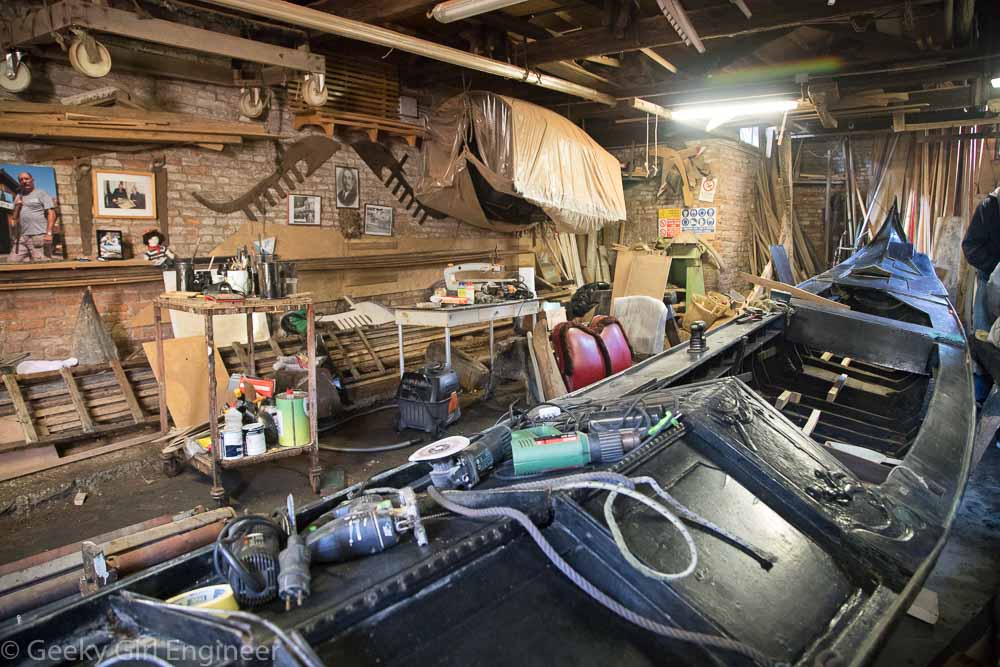
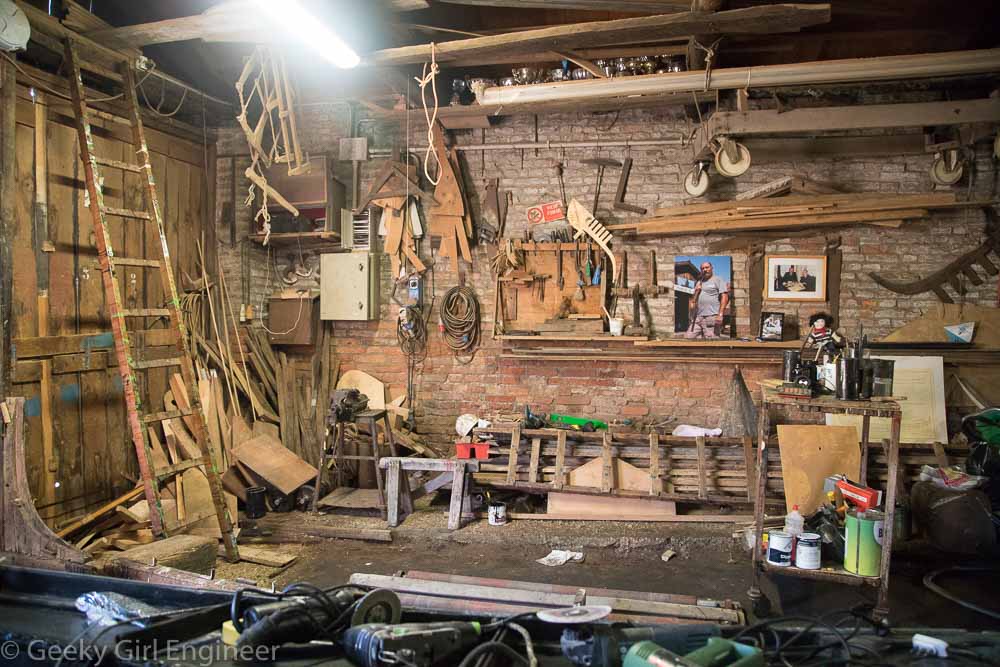
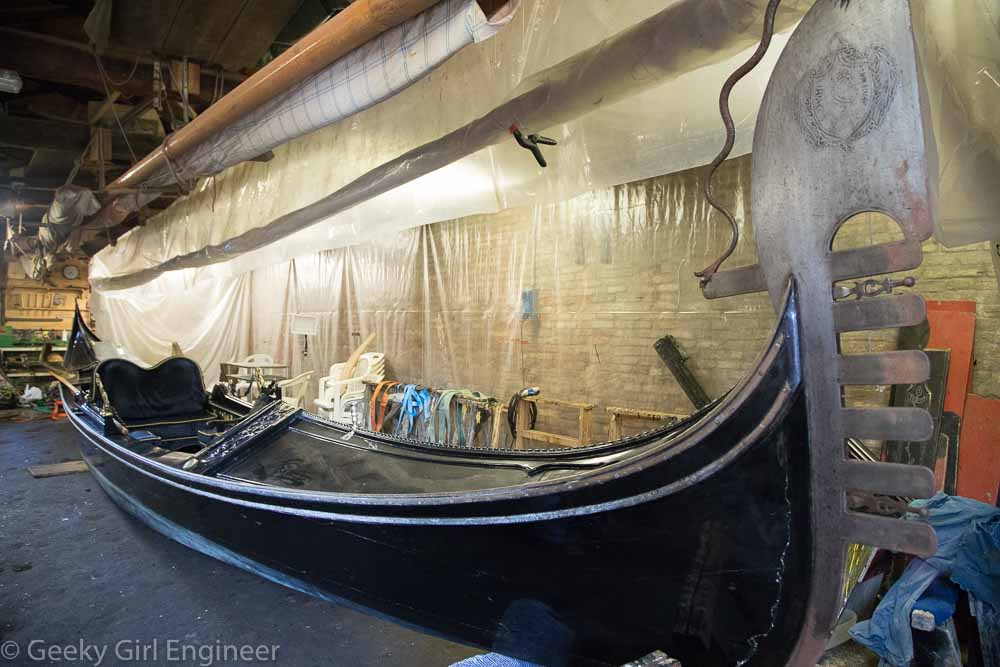

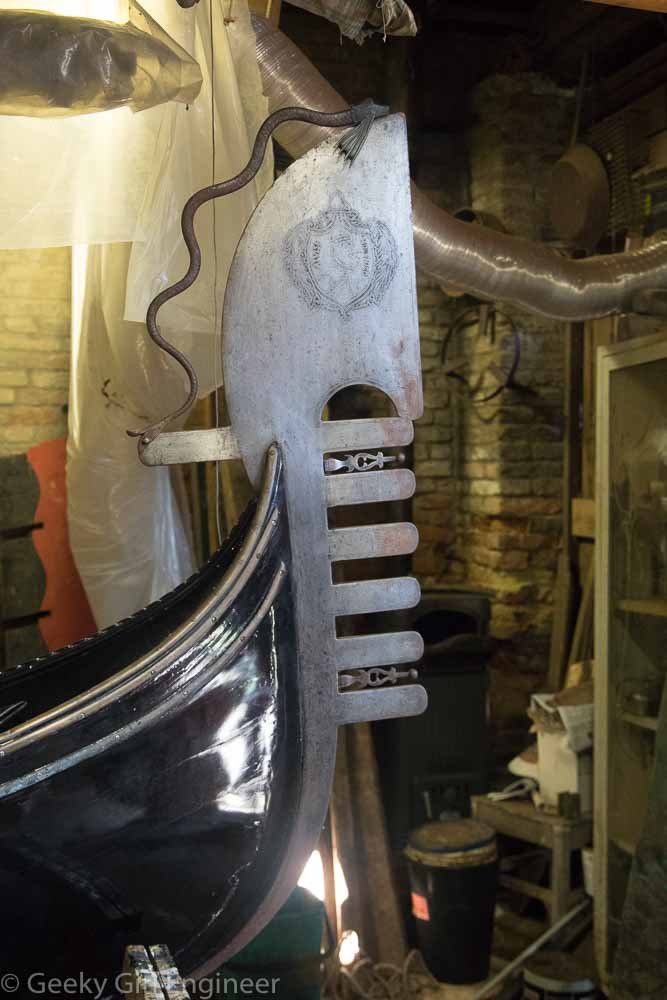
After visiting the squero, we then visited an artisan who makes some of the special wooden pieces for the gondola including the all important forcula. They are made by hand. He now sells more of them around the world as art pieces than as their historical use in gondolas. He has another shop on the mainland, where once he acquires wood, he cuts it into smaller pieces and allows it to dry naturally. Each forcula is built specific to the customer, based on customer height and such. The pieces are finished with oil. The bottom part of the forcula is finished last once the gondola is built, so that is fits securely into the gondola.

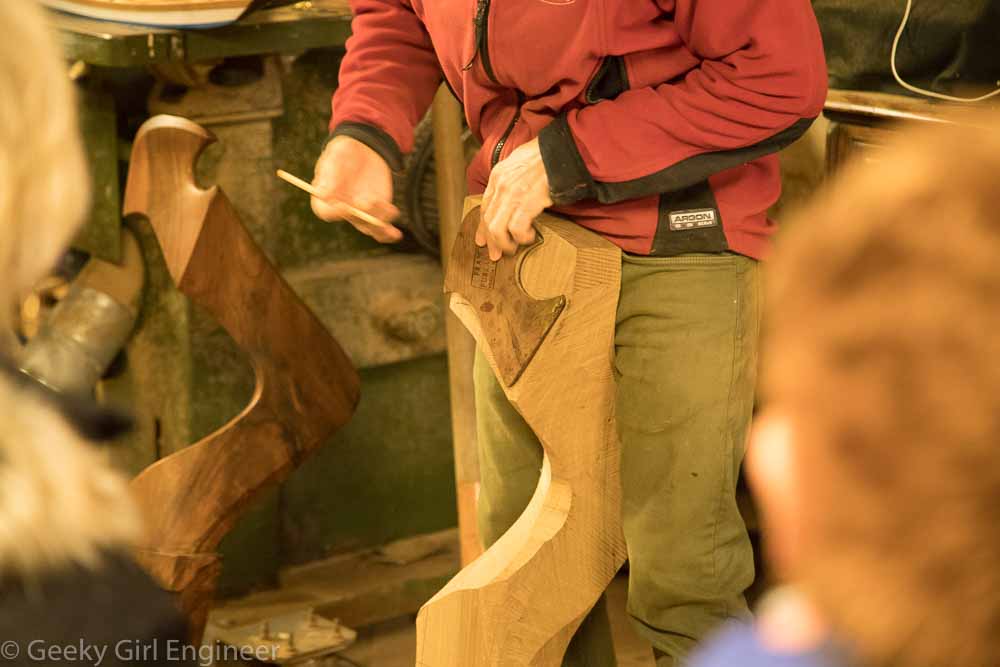

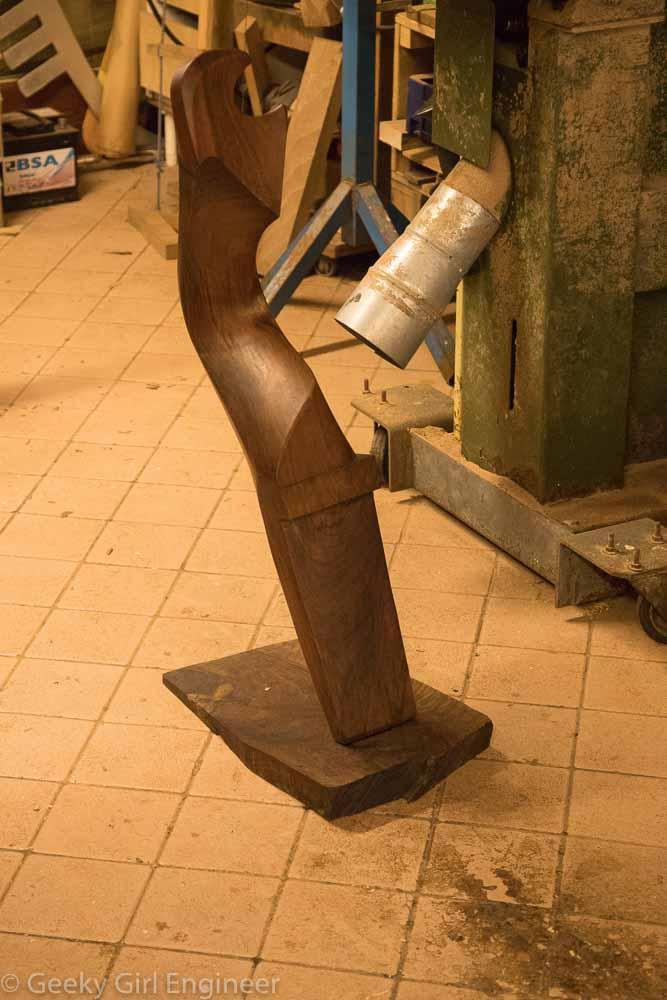
We then went for a gondola ride, and I started paying attention to how it was operated. The gondola ride was quite nice and relaxing.
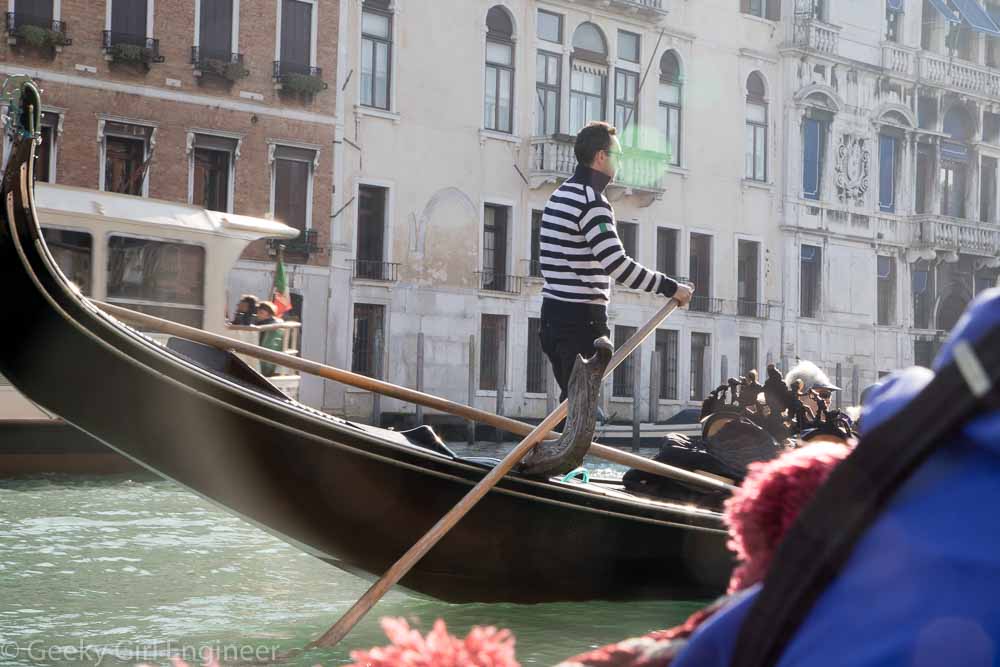

A few final notes. There are 433 licenses for gondoliers, and only one is held by a woman. There is a waiting list to get one. We were told there are about 500 gondolas working now, which numerically doesn’t add up. We were told there are extra for loaners during maintenance. However, since we were told they are made specific to the gondolier, I am not sure how loaners work.
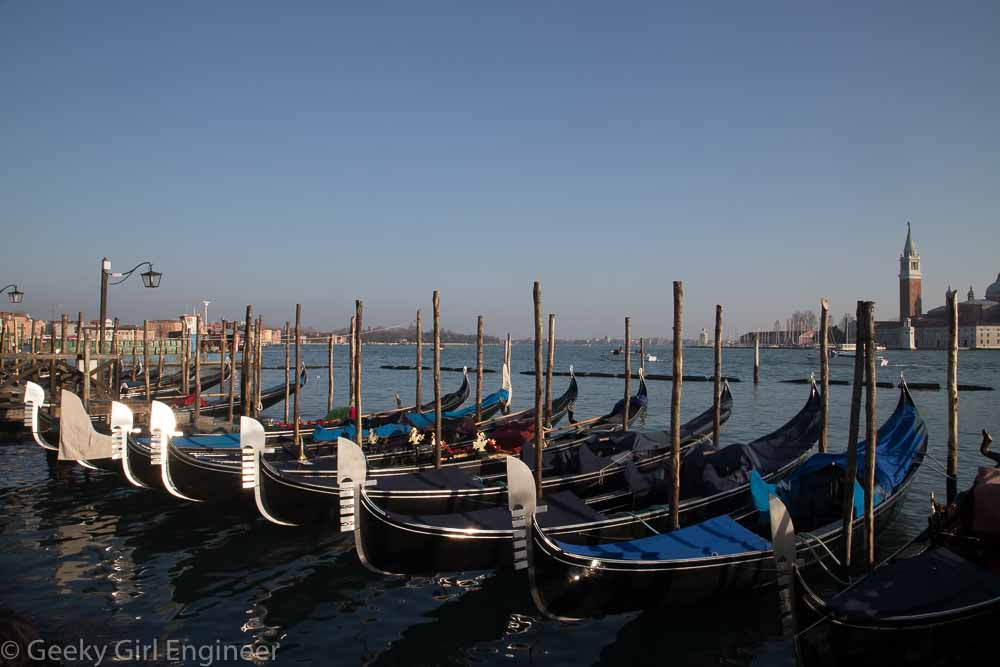

Lawn
Every year the National Building Museum has a fun exhibit that takes up most of the atrium of their building. This year it is Lawn. They essentially built a giant sloping lawn on scaffolding, complete with hammocks, chairs, and lawn games. They made the building’s fountain part of the exhibit. They also piped in a summer soundtrack of noises like kids playing and lawn mower. I am not sure how I feel about the noises, especially the sound of a swarm of mosquitoes. However, it is a nice place to just chill out, and children clearly love it, especially the rolling down the slope part.
This year, they had tours of the exhibit discussing how it was built. Of course I had to go to that. We were able to go under the exhibit, which was rather cool. The structure is a giant scaffolding set that supports the lawn and observation tower. The structure is entirely self supporting. It is not supported by the building, except the floor of course. They also have hammocks that hang from the roof trusses. The hammocks are anchored to the lawn though, otherwise goodness how far people would try to swing them.


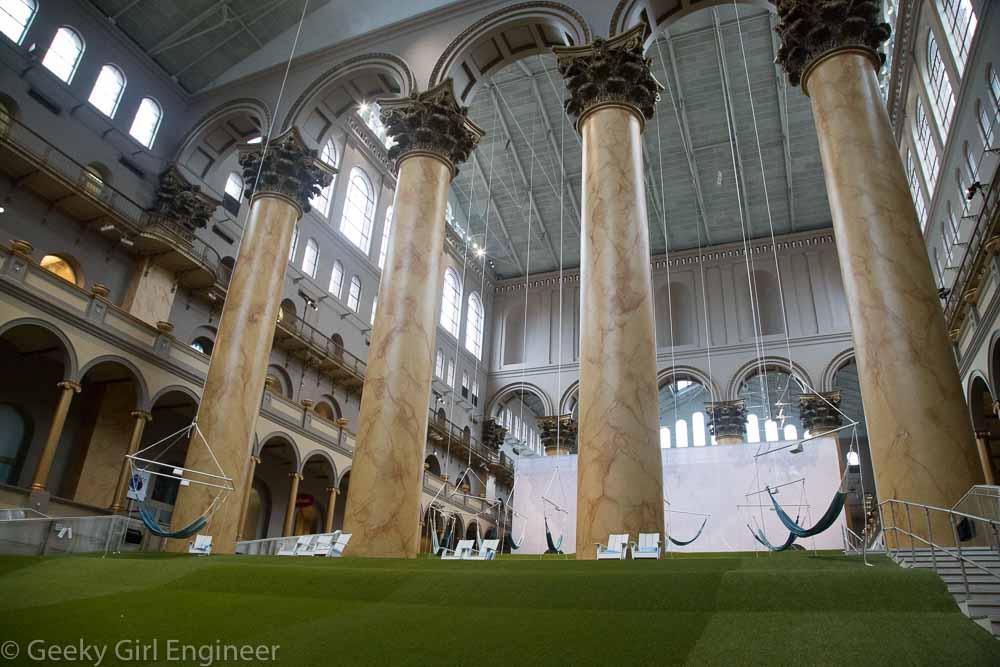




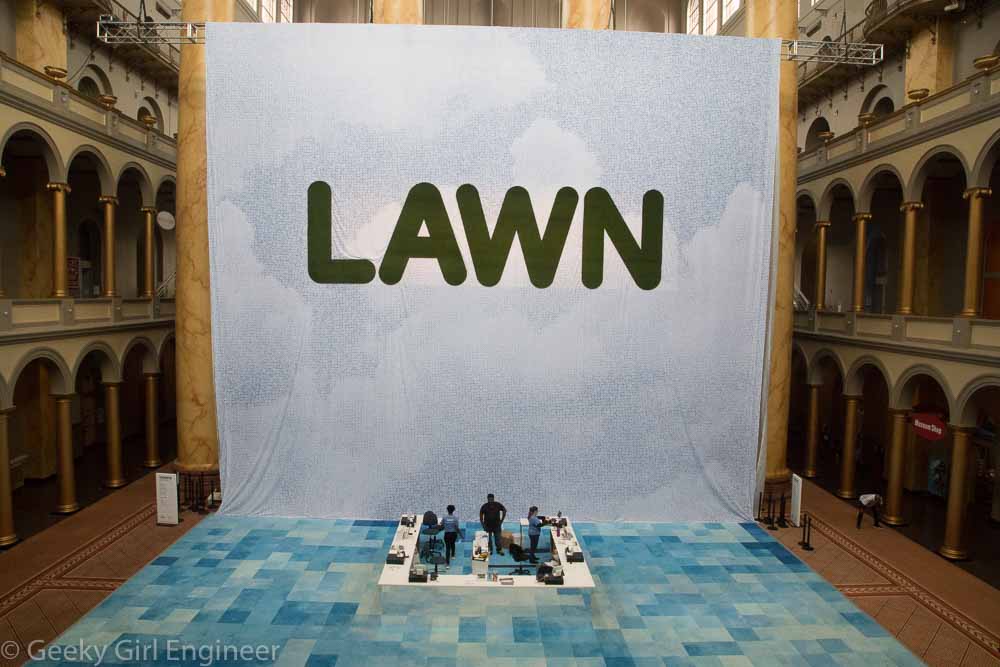

Fun House
Every summer, the National Building Museum has its summer block party, as they call it, with some sort of fun structure inside their grand atrium. Past block parties have included The Maze, The Beach, Hive, and Icebergs. This year is Fun House, which was created by Snarkitecture, as a compilation of other creations of theirs. The Beach was one of their creations. Fun House is a house of sorts with a series of room and “yard” structures, each of which feature a different type setting and interactive pieces. I really don’t know how to describe it other than that. I have thus given the areas and rooms various descriptive names to try to describe the structure. So let me take you though Fun House.
In the front yard, are a series of cushion type benches that spell out “FUN HOUSE”.
Fun House itself looks like a house of sorts with a partial ceiling and partial wall. It is made out of lumber, I think, and the front is made out of, or covered in, a polymer-foam type material (similar to styrofoam).
The front entrance is more of a tunnel dug out of the foam structure.
From the front entrance, you can walk straight into the front hall, which has white sneaker-looking like pieces hanging from the ceiling.
From the front entrance, you can also turn into a cave-looking like area dug out of the foam building material.
The dig room leads to another room that connects to the entrance hall. This room is characterized by strips of fabric of various lengths hanging from the ceiling.The fabric strip room then leads to living room, which features rather impractical furniture.
The living room then leads to an open room with examples of Snarkitecture’s work. This room then leads to the bathroom. The bathroom features a closet door that opens to a shower of sorts which has an air blower blowing tiny pieces of tissue into a sealed area.
The bathroom also features a tub of plastic balls, which is called the Beach Chair, as it features balls from The Beach. It also has clothes and towels that match the tile wall.
The bathroom then leads to a room featuring the largest marble chase structure I have ever seen.
The back porch is a bunch of square cushions, which children happily find new arrangements for, and a roof of giant air filled tubes.
Behind the house is a tunnel of sorts that plays with perspective by having the floor slope up and roof slope down.
Behind the tunnel like structure is the pool and small kids’ pool, which are small versions of The Beach.
The upper levels provides a better views of all the structures.
The Art of Burning Man
The Smithsonian American Art Museum’s Renwick Gallery is currently showing only one exhibit, which is No Spectators: The Art of Burning Man. The exhibit is amazing. The art is fun and beautiful and huge and completely unique and so many other positive modifiers that would fill a page. The pieces are like nothing I have ever seen before. They are also set in the space in a perfect manner because so many of the pieces are about light, and they are placed to allow that interaction with light.
One of my favorites was Shrumen Lumen, which changes colors and also changes the shapes of the mushroom like figures. It is one of those things you have to see in person. The shadows of HYBYCOZO are relaxing and mesmerizing. I could have taken photos from different angles all day.
CHIHULY at New York Botanical Gardens
I love glass, and I love plants, so a Chihuly exhibit at a botanical garden is definitely something I want to see. There is an exhibit of numerous Dale Chihuly works currently at the New York Botanical Gardens, and it is lovely. Below are photos I took over the course of two visits there.
Cloud Gate
I’m in Chicago on an extended layover between trains coming back from my trip out west. I spent the day wandering around Chicago, and one the sites on my must see list was Cloud Gate, known more informally as The Bean. This piece of art is lovely to look at, but it is just plain fun to photograph. Everyone there takes selfies of themselves, but really the way it reflects with so many different angles, it is just as fun to photograph everything else.






